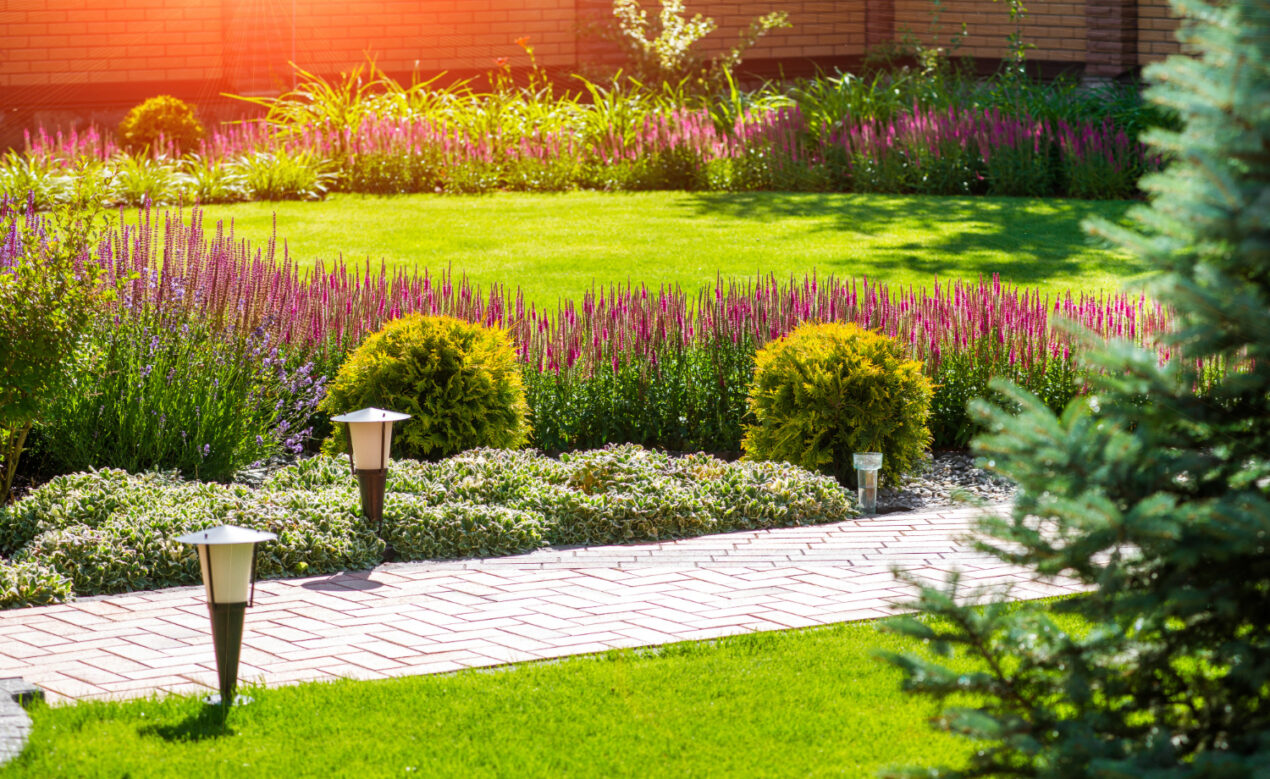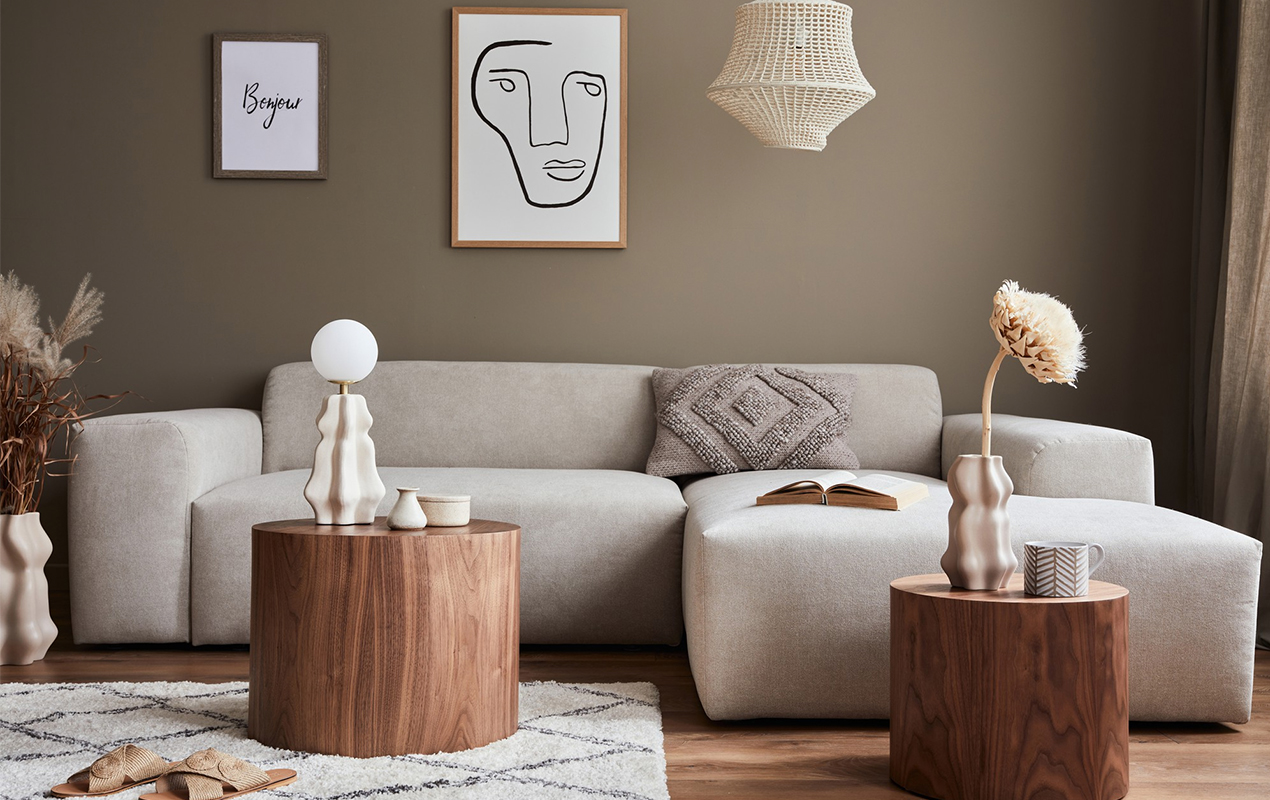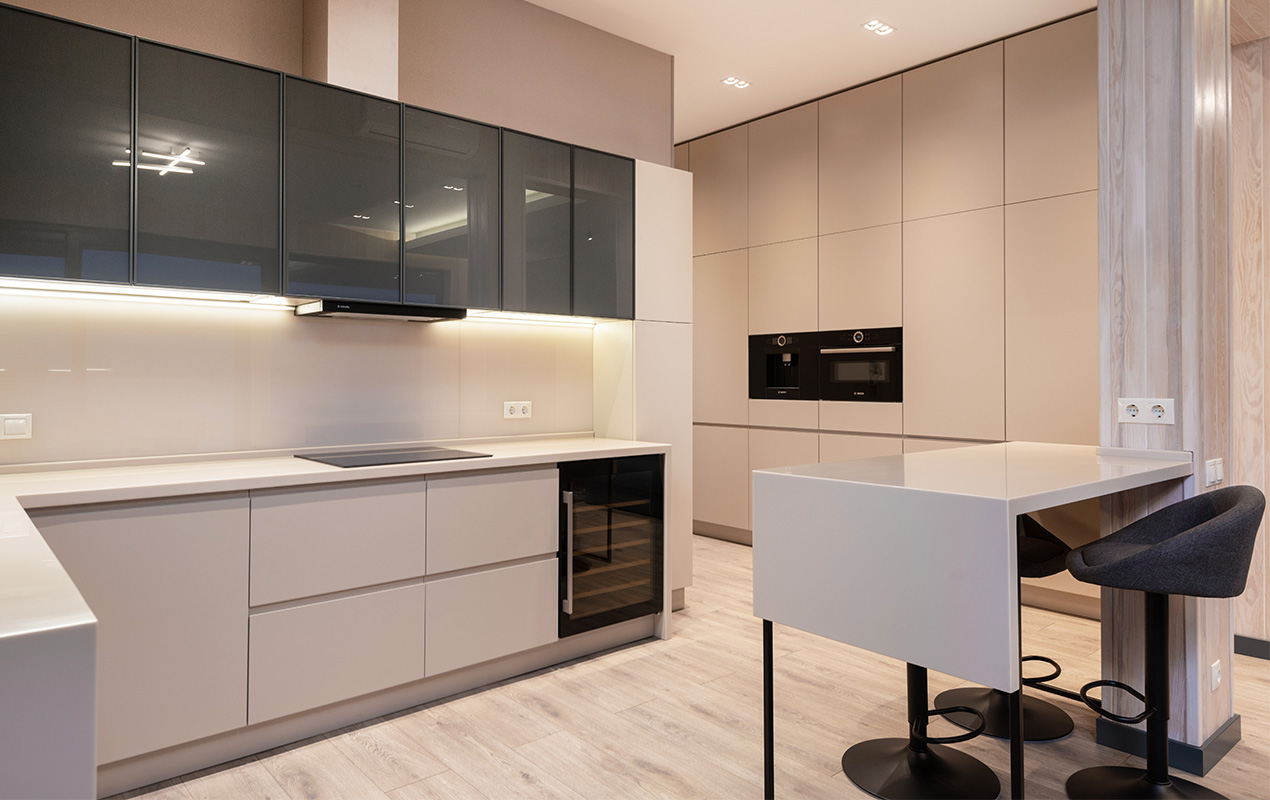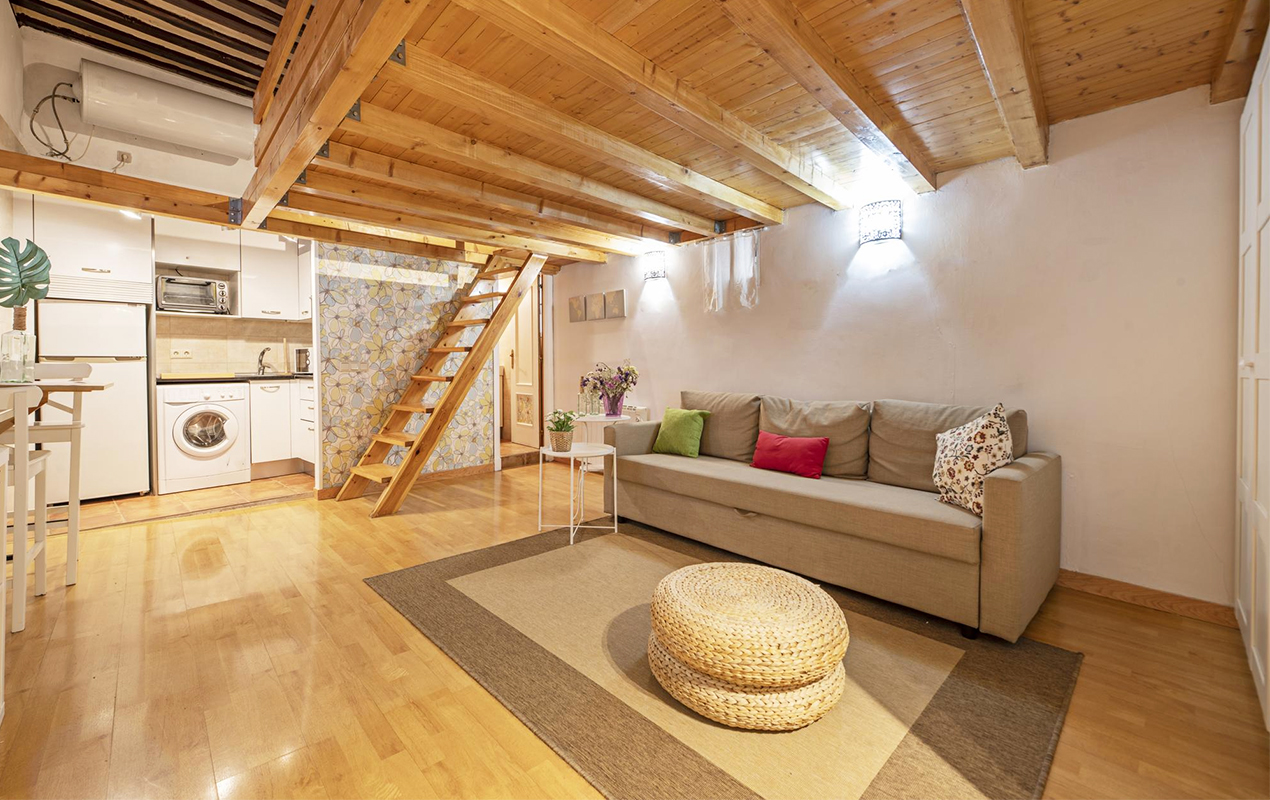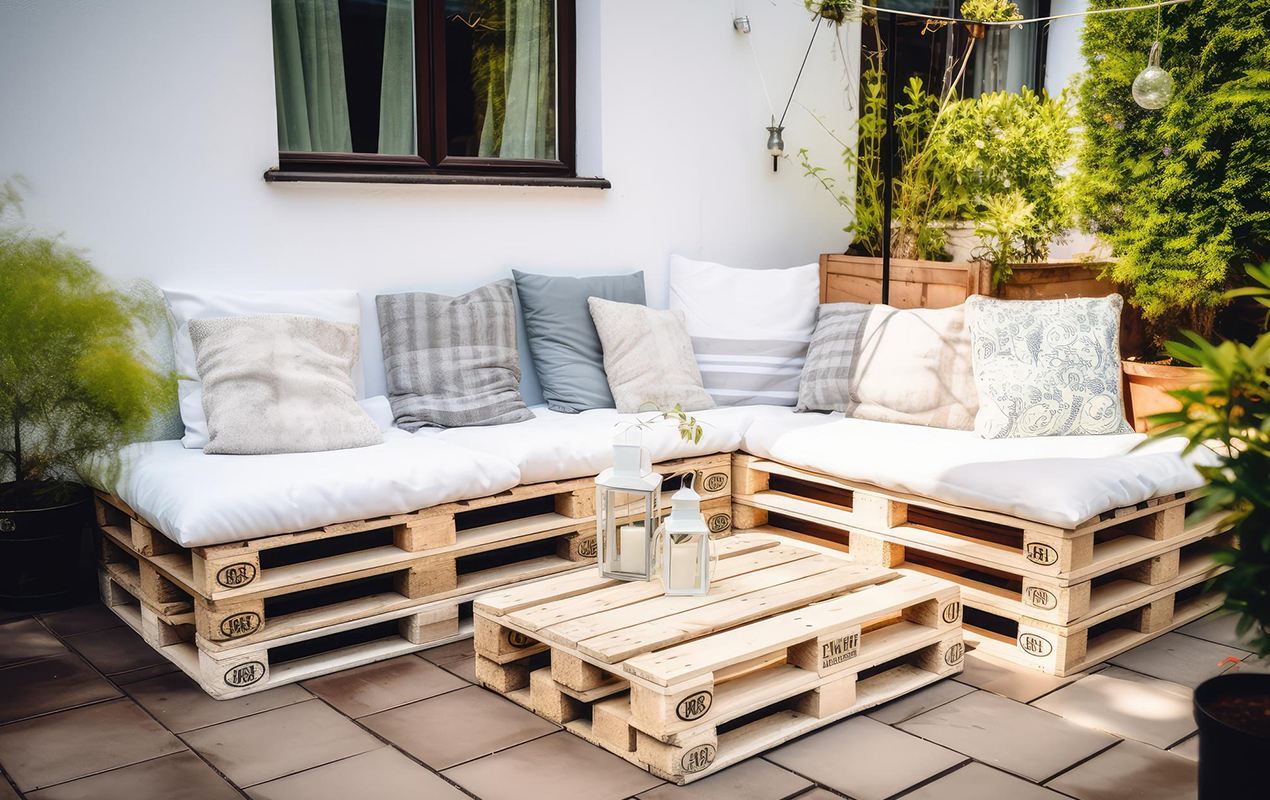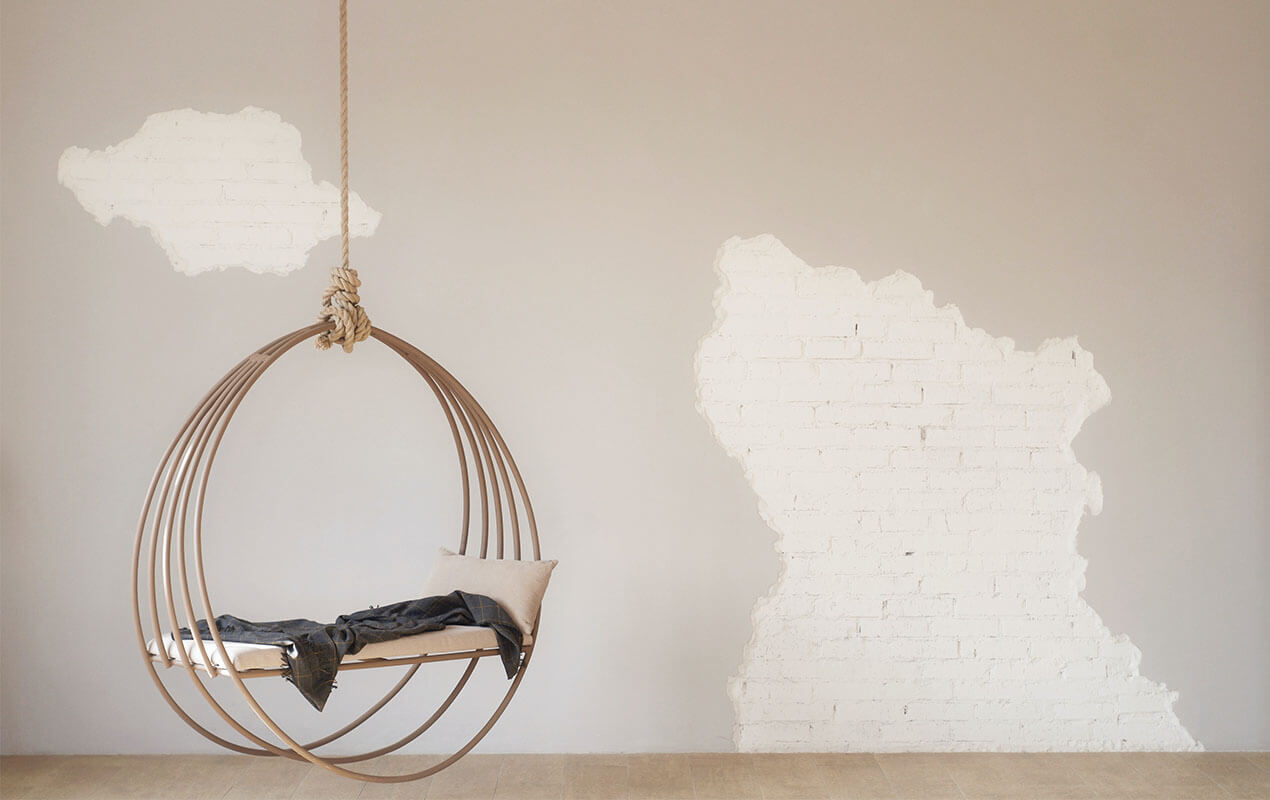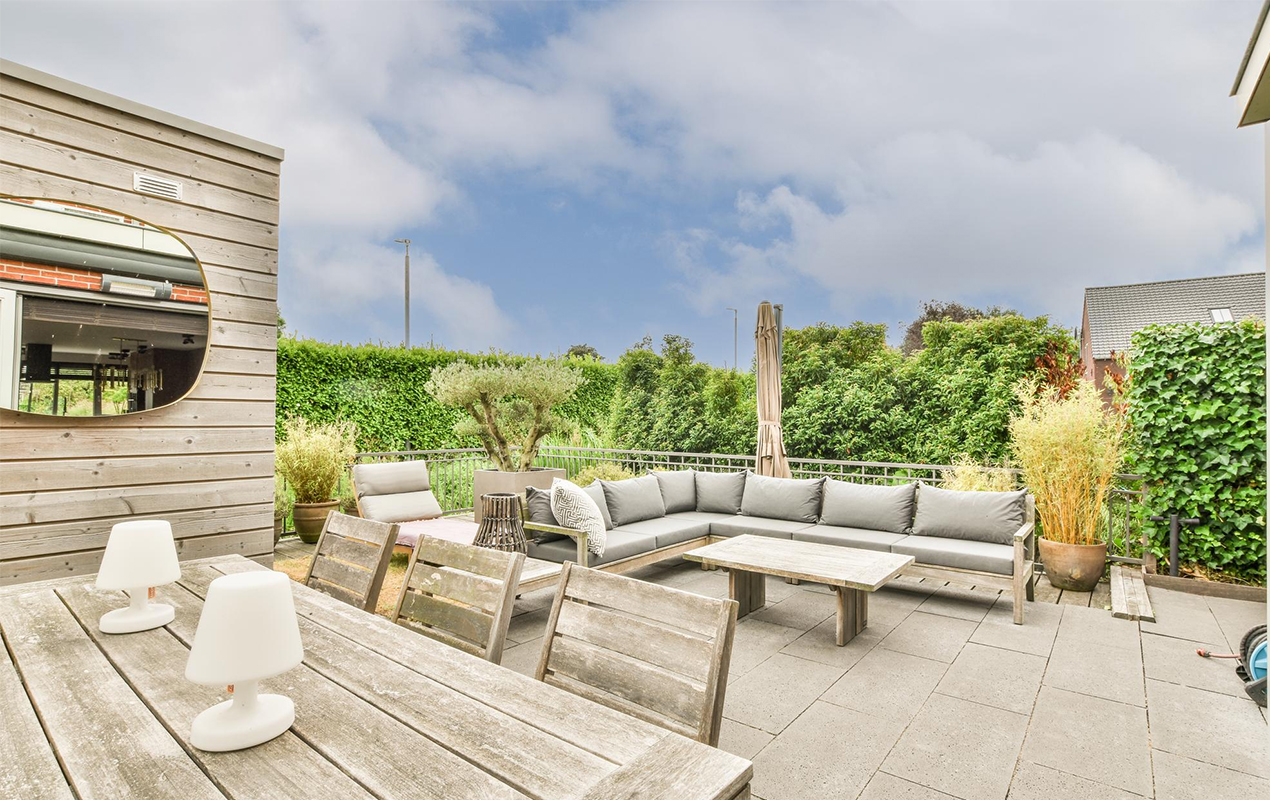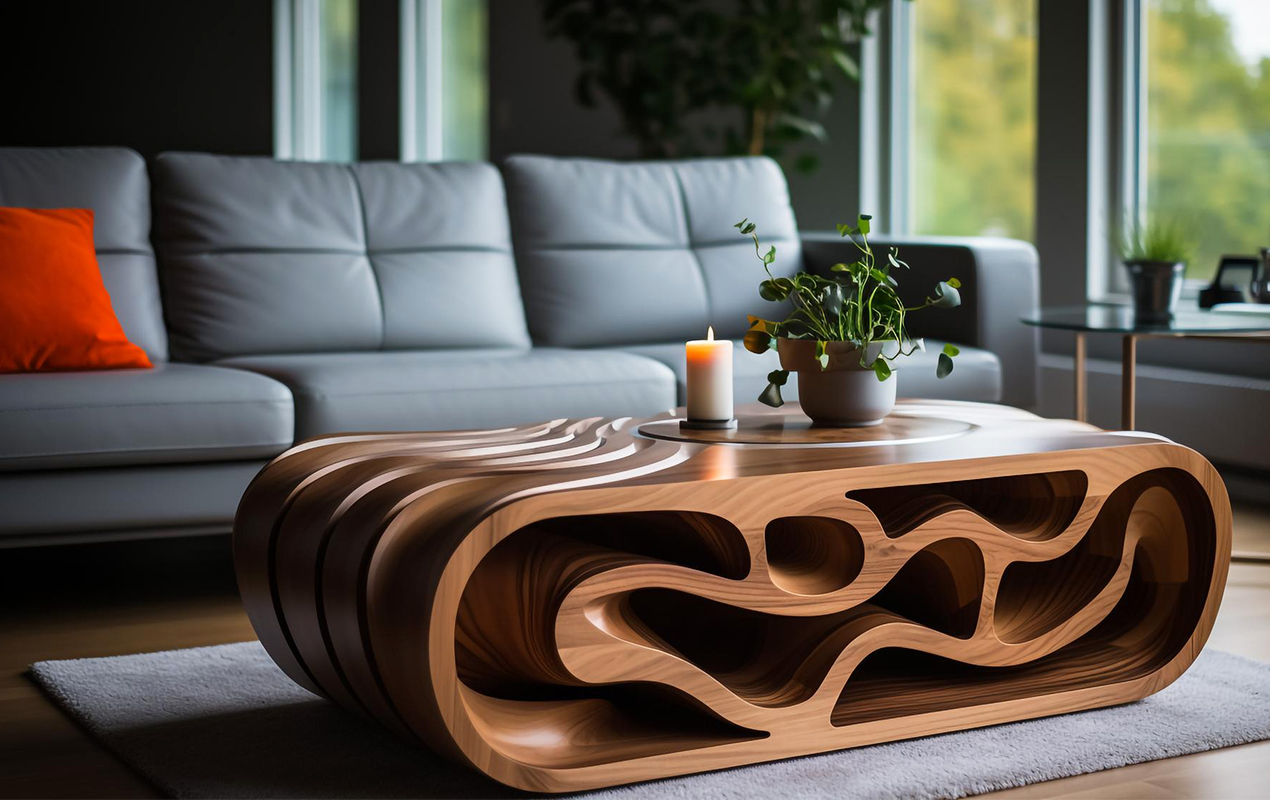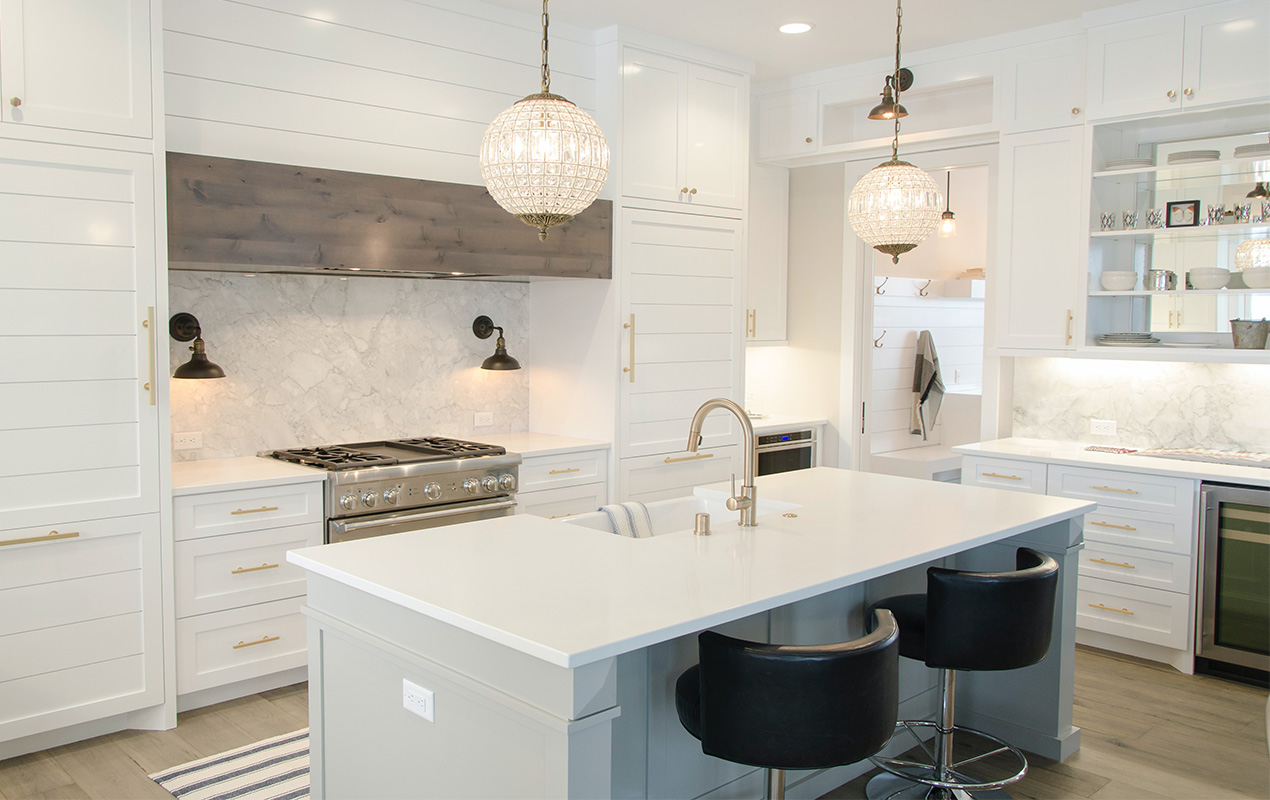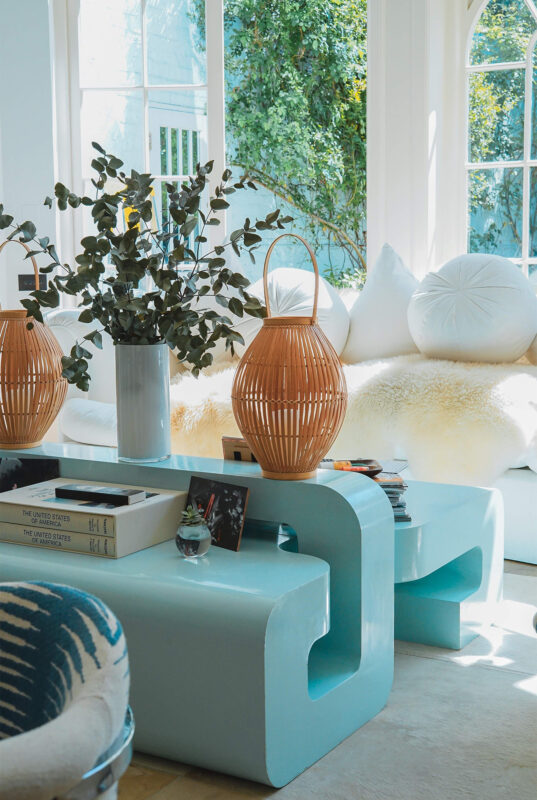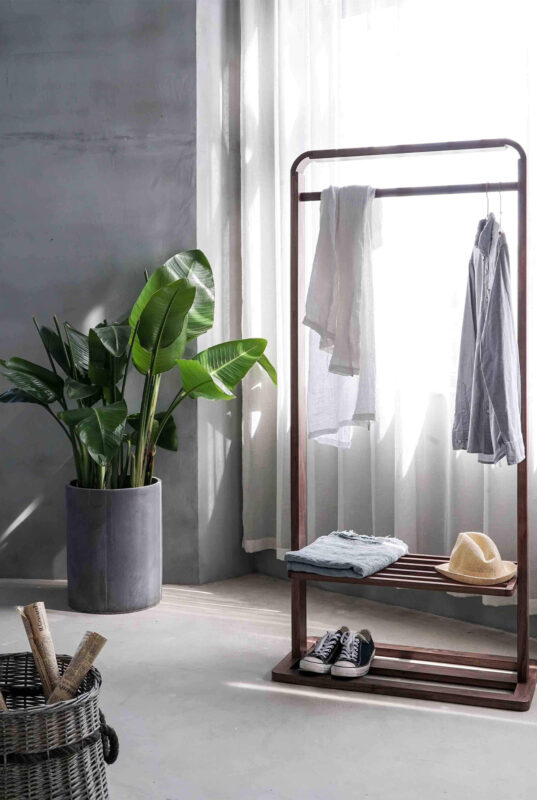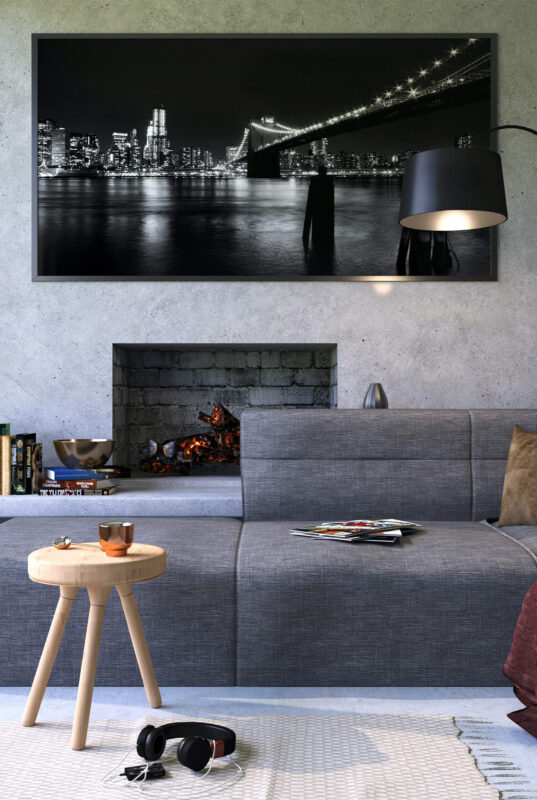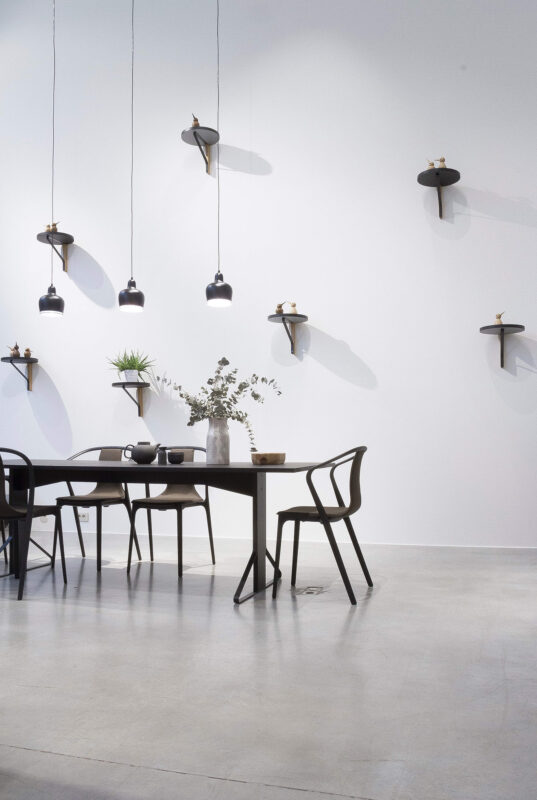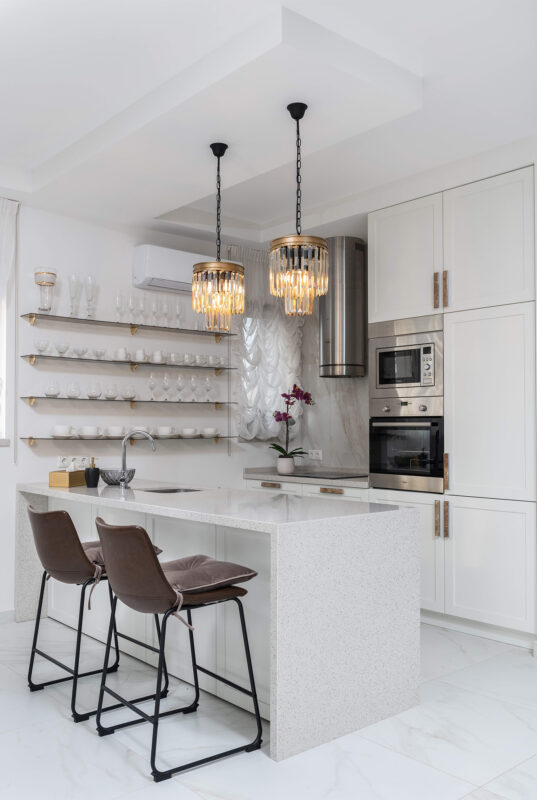Blog
Stylish & Sustainable: Eco-Friendly Interior Design for Students
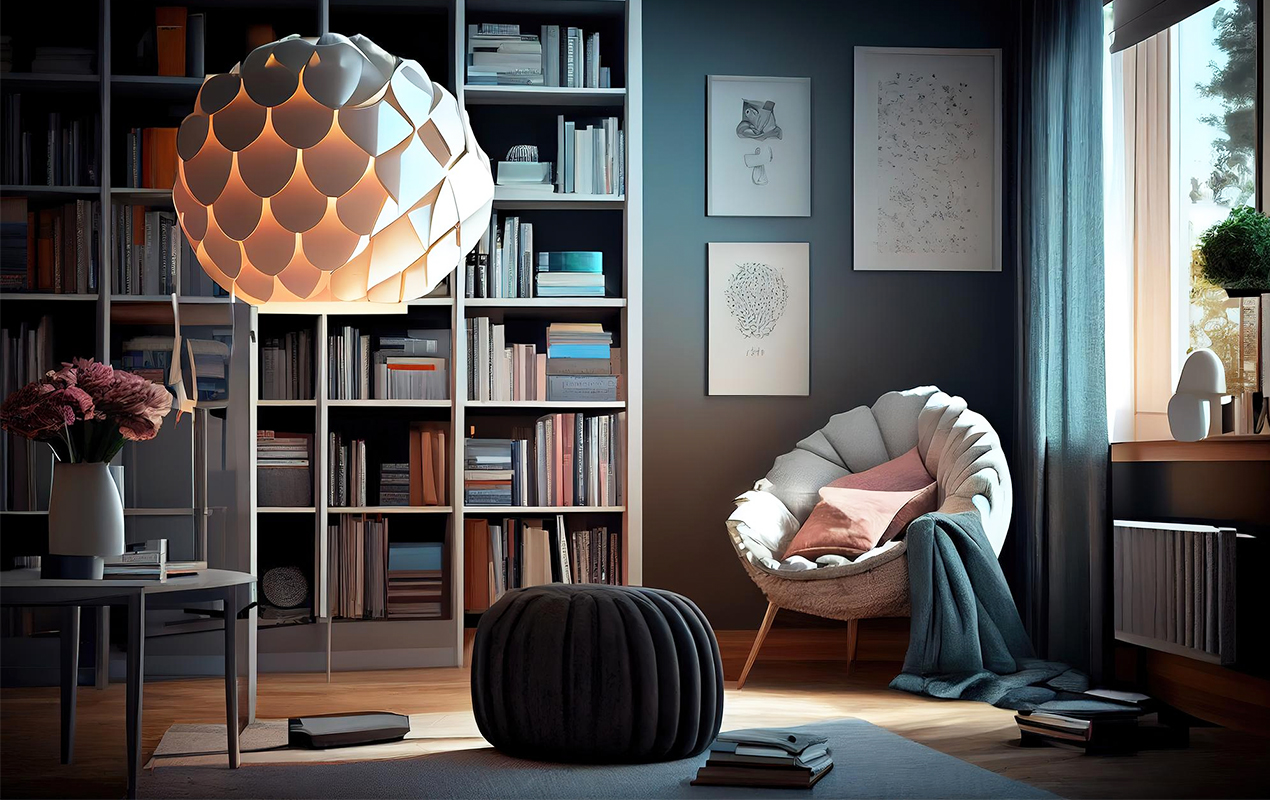
Interior design choices carry tremendous environmental impact. From the materials we use to furnish our spaces to the energy required to light, heat, and cool them, our homes and workplaces can either reduce or contribute significantly to resource consumption and climate change. Embracing eco-friendly approaches to interior design for students means prioritising sustainable materials and energy-efficient solutions; for an equally conscientious and well-researched approach to academic tasks, consider leveraging the expertise of reputable research essay writing services for a positive impact on both your living space and scholarly pursuits.
As students living in dorms, apartments, and shared housing, adopting eco-friendly interior design principles allows us to lower utility bills, improve indoor air quality, and shrink our personal environmental footprint. Beyond benefiting the planet, green design creates healthy, inspiring spaces that support productivity and wellbeing.
Sustainable Furnishings
An easy place to start greening your space is by choosing sustainable furnishings and decor. Seek out items made from natural, recycled, or upcycled materials whenever possible. Well-crafted goods made from environmentally responsible wood last for years, while recycled plastic and metal pieces often accept customization allowing them to adapt to new uses over time.
Wood furniture, especially if it bears Forest Stewardship Council certification, makes a durable, low-impact choice. Opt for solid wood constructions over particleboard containing harmful binders. Scout second-hand shops before buying new; you’ll save money and prevent usable goods from entering landfills. Care for treasured antiques and collectibles so they continue providing enjoyment for generations. When purchasing new items, thoroughly research companies’ commitments to environmental sustainability and ethical production across their entire supply chains.
If your style shifts or you move after school, look for furniture that adapts to new uses or can be resold so its lifecycle continues rather than prematurely ending in a landfill. Choose neutral colours less likely to feel dated later on. Or opt for pieces accepting altered finishes like a blond wood desk easily refreshed with stain.
Eco-Friendly Textiles
When selecting rugs, bedding, upholstered goods, and other textiles focus on natural fibres like organic cotton, wool, hemp, and linen. Exploring eco-friendly approaches to interior design for students room decore involves selecting sustainable materials, incorporating energy-efficient lighting, and embracing upcycled furniture; for a thorough understanding and expert insights, consider consulting an Academic review to ensure your academic endeavours are met with the same level of meticulous attention and quality. Man-made synthetics derived from petrochemicals have larger manufacturing footprints. Those made using recycled materials balance durability with sustainability.
Check tags for certifications signifying responsible production methods protecting workers and environments. Fair trade labels indicate artisans and farmers receive fair compensation and work in safe conditions. Other tags verify manufacturers uphold standards around renewable energy use, water conservation, and waste reduction throughout production processes.
Efficient Lighting
The right lighting cuts energy use while creating a comfortable, productive environment. LED bulbs last years longer than incandescent varieties, using a fraction of the energy over their extended lifetimes. Install dimmable fixtures with smart technology to lower brightness when full illumination isn’t needed. After upgrading old bulbs, make a habit of turning lights off in vacant rooms.
If allowed, swap overhead lights for task lamps. Localised lighting directed exactly where it’s required prevents waste (and annoying glare). This frees you to sculpt an ambient glow using lower-wattage bulbs or natural light. Utilise lighting controls like dimmers, occupancy sensors, timers, and automatic daylight shutoffs whenever possible.
Strategic window coverings also help shape the lighting. Opt for low-environmental-impact choices like bamboo shades over vinyl blinds. Filtering sunlight through light fabrics creates a soft glow. Zone spaces to control light levels in sleeping areas, work zones, and relaxation nooks.
Climate Control
Heating and cooling accounts for a sizable chunk of home energy consumption. By incorporating passive solar design concepts that require no purchased energy, you can slash bills – and passively heat and cool rooms for free.
Proper insulation and weatherization seal in conditioned air. Allow copious natural light and breezes in. Close coverings at night. Position beds, desks, reading nooks near south-facing windows to benefit from solar warmth and light. Keep humidity around 50 percent. This inhibits microbial growth improving indoor air. Minimise waste heat from electronics with advanced powerstrips. Unplug devices when not in use and activate sleep settings. Give your PC and monitors a break when away for long stretches.
Water Conservation
The water we use – and waste – also factors into dwellings’ environmental tolls. Seek out WaterSense labelled fixtures and appliances using at least 20 percent less water than standard models without sacrificing performance. Monitor usage and promptly fix any leaks. Adjust old shower heads to flow at no more than 2.5 gallons per minute. Turn off taps while brushing teeth or scrubbing dishes. Only run full loads in water-using equipment like dishwashers and washing machines. Reuse grey water from dehumidifiers to water plants.
Waste Reduction
Follow the refuse, reduce, reuse, recycle, rot mantra minimising waste at home. Refuse single-use plastics, excess packaging, unrecyclable materials, and unnecessary purchases. Reduce or eliminate what you do bring in. Reuse everything possible in its original state or repurposed creatively into something new. Recycle diligently after reusing items. Compost all leftovers to enrich gardens’ soil.
Decor Touches
Interior accents offer abundant opportunities for eco-friendly ingenuity. Before buying posters, prints, and wall art, explore digitally customising reusable wall decals. Some companies print images on decals made from recycled materials using water-based inks – no need for harmful adhesives that ruin walls.
Display plants that naturally filter indoor air and humidity while generating oxygen. Group easy-care varieties like succulents, snake plants, orchids, ferns, and palms. Avoid endangered species harvested from threatened native habitats. Arrange ethically sourced dried botanicals or cut flowers from local florists. Bring nature inside by pressing leaves and ferns collected on walks through forests and preserves.
Choose low- and no-VOC paints and finishes to improve indoor air quality. Seek out brands that give back – like those supporting wildlife conservation or forest-fire reforestation. When possible, opt for stains and water-based paints over solvent-oil varieties. Thoughtfully batch errands minimising car trips for a lighter transportation footprint. upcycle found objects into one-of-a-kind artworks or furnishings imbued with personal history.
Final Thoughts
By adopting green principles enhancing dwellings’ sustainability, students make a positive environmental difference and gain valuable knowledge applicable in later interior design roles and aspects of daily life. Even small acts lighten our footprints while warming indoor spaces.
